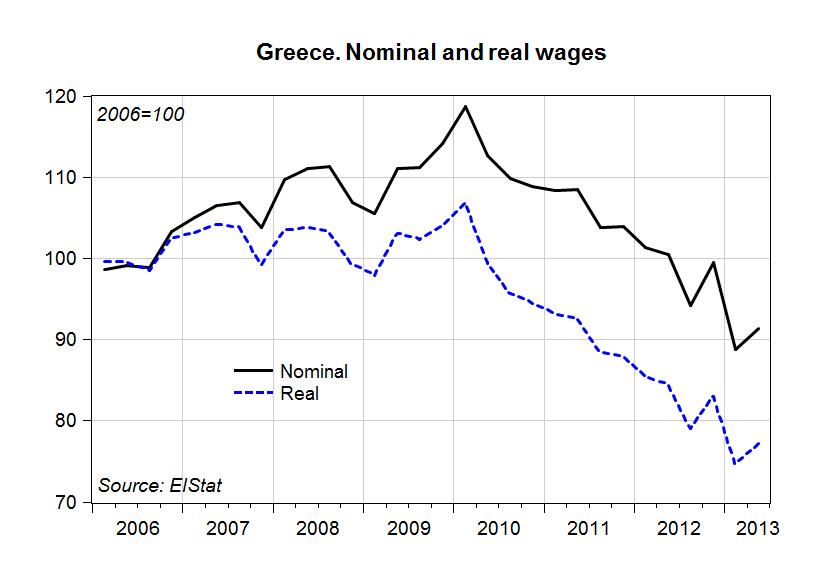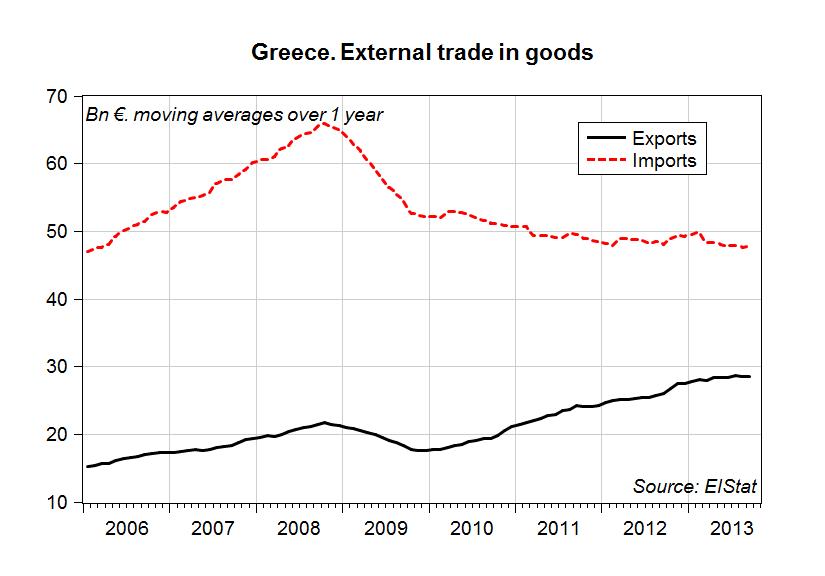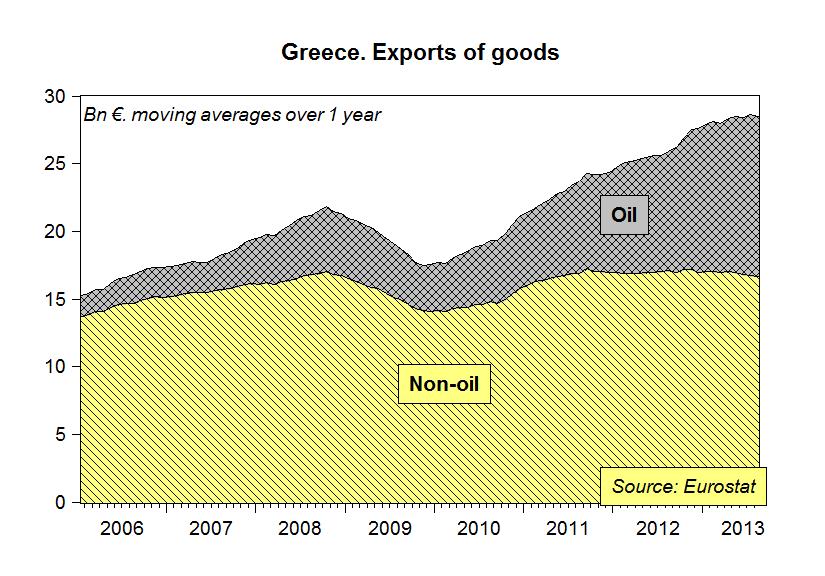Inequality, Unsustainable Debt, and the Next Crisis
In The Guardian, Dimitri Papadimitriou warns that the combined forces of persistent inequality, shrinking government budgets, and the US trade deficit are setting the stage for another private-debt-driven financial crisis:
Right now, America is wrestling a three-headed monster of weak foreign demand, tight government budgets and high income inequality, with every sign that these conditions will continue. With that trio in place, the anticipated growth isn’t going to be propelled by an export bonanza, or by a government investment boom.
It will have to be driven by spending. Even a limping recovery like the one we’re nursing along today depends on domestic demand – consumer spending not just by the wealthy, but by everyone else.
We believe that Americans will keep consuming at the same ever-rising rates of past decades, during good times and bad. But for the vast majority, wages and wealth aren’t going up, so we’re anticipating that the majority of Americans – the 90% – will once again do what was done before: borrow, and then borrow more.
[…]
The more – proportionally – that the top 10% has prospered, saved and invested (naturally, the gains found their way into the financial markets), the more the bottom 90% has borrowed.
Look at the record of how these phenomena have travelled in lockstep. In the first three decades after the second world war, the income of the 90% rose at the same pace as its consumption. But after the mid-1970s, a gap formed – the trend lines on earning and outlays spread apart. Spending continued apace. Real income, meanwhile, stagnated. It was lower in 2012 than it had been forty years earlier. That ever-increasing gap between income and consumption has been filled by borrowing.
Papadimitriou also points out that corporations, which pulled back after the recession, are once again increasing their debt (this began in 2010), and the expectation is for non-financial corporations to add some $4 trillion in debt between now and 2017.
If these debt-fuelled spending dynamics (on the part of corporations and the bottom 90 percent households) don’t come to pass, then we’re looking at a period of low growth and high unemployment–“secular stagnation”–instead.
There are a number of lessons here, but I’d like to highlight two, in case they aren’t obvious. First, even if you aren’t persuaded that income inequality needs to be addressed for reasons of fairness, then financial stability concerns alone should suffice. Second, in the absence of some impending export boom, continuing to reduce the budget deficit at a record pace is the height of recklessness.
Read the Guardian piece for more. The underlying macroeconomic research comes from the Levy Institute’s most recent strategic analysis: “Is Rising Inequality a Hindrance to the US Economic Recovery?“






 ShareThis
ShareThis